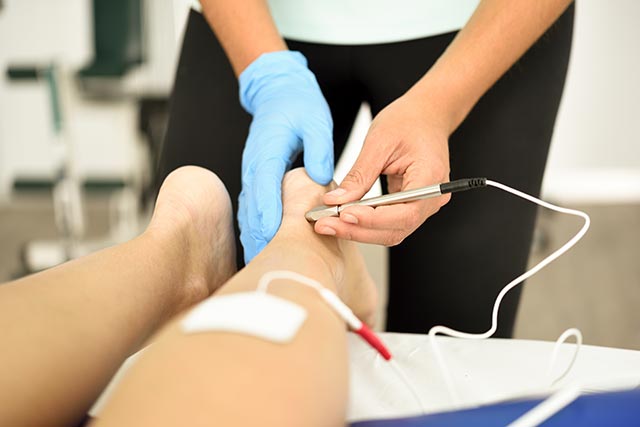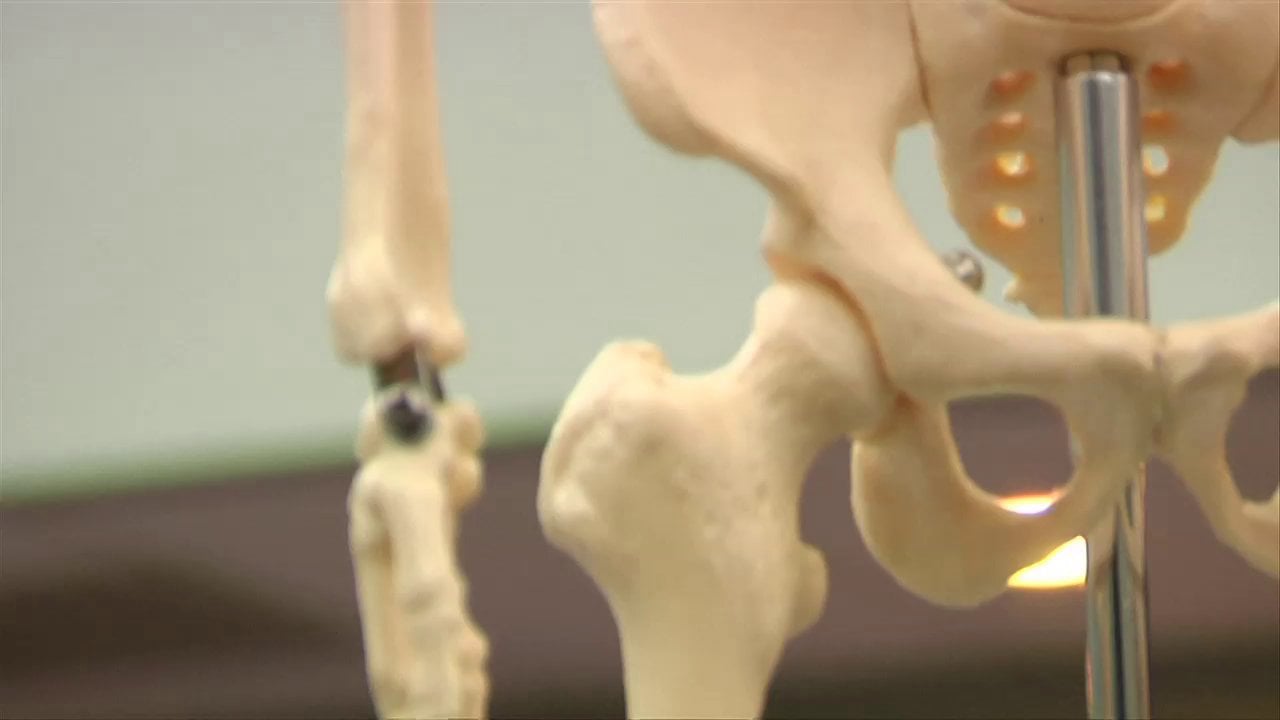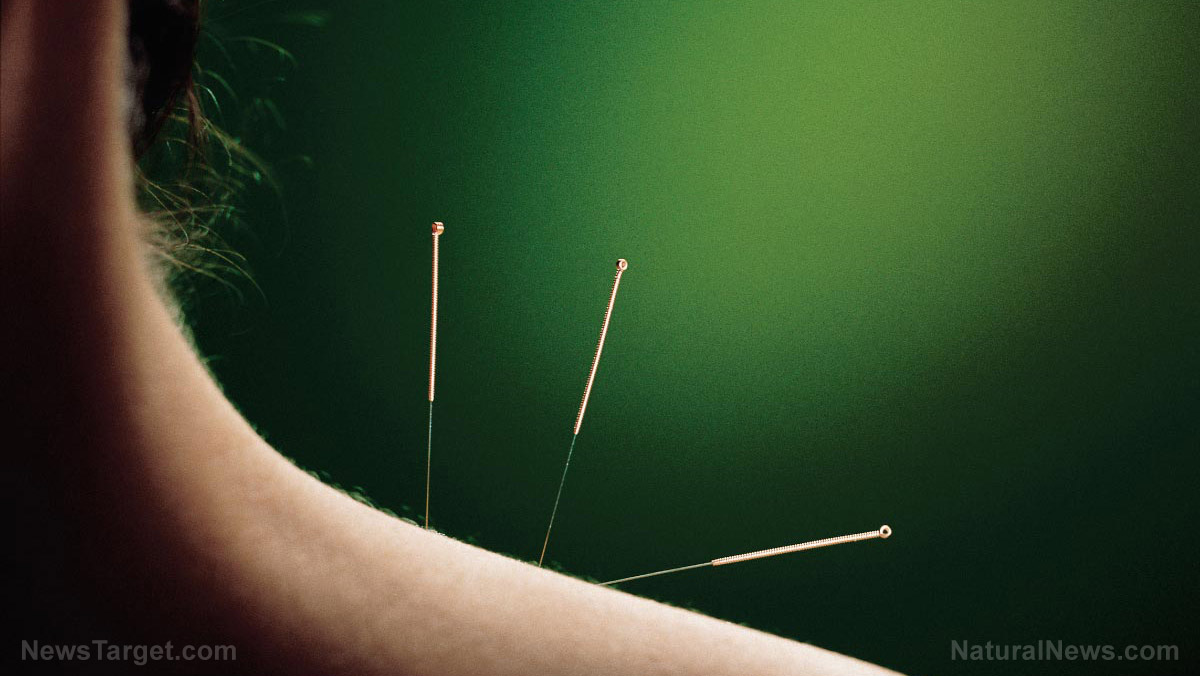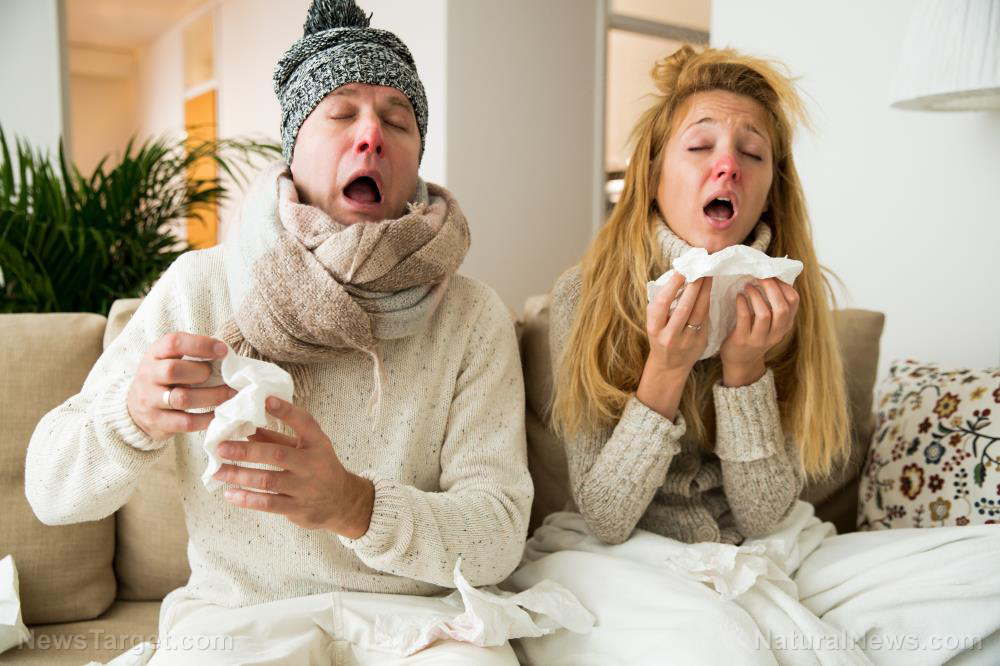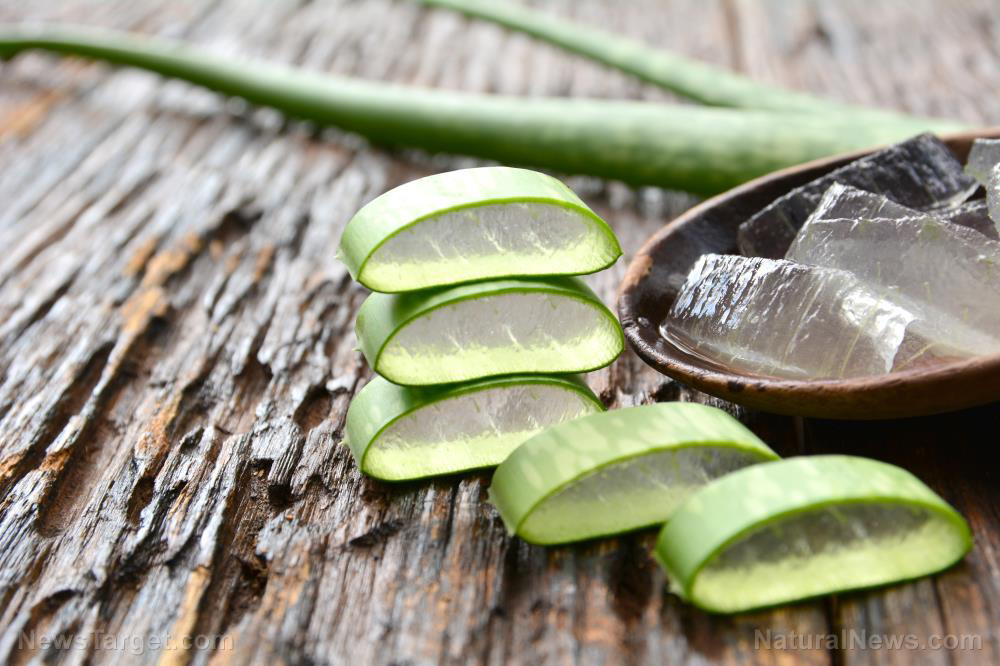Treating shingles with homeopathy
06/04/2018 / By Ralph Flores

Despite popular belief, conventional medicine isn’t a magic bullet in disease treatment. Most of the time, there are more natural, affordable cures to remedy a particular ailment or condition. Take shingles, for instance. While there are conventional drug therapies to treat the disease, these can be expensive and may cause adverse side effects. Homeopathy, on the other hand, could be a welcome alternative: It treats a condition based on the complete host of symptoms, considering all factors – plus it doesn’t break the bank.
Homeopathy is a medical system that treats each person according to his or her healing ability. This allows a homeopath (one who practices homeopathy) to select the best medicine based on the individual’s symptoms and level of health.
The practice is founded on the two principles that have been used in both conventional and traditional medicine. The first principle of “like cures like” assumes that the body knows what it is doing, and symptoms are its way of coping with the condition. In homeopathy, medicine increases the strength of the symptoms, indicating that internal healing is ongoing, and diseases will be pushed out using established routes. The second principle, called “minimum dose,” is rooted in the belief that medicine works from within and not from external forces. Therefore, medication is used until the body can take over the healing process. This reduces the risk of adverse side effects, a pitfall of many conventional treatments. (Related: Homeopathy could SAVE healthcare by drastically lowering costs for safer treatments without the negative side effects.)
Recurring conditions such as shingles, in particular, can be addressed at all stages, according to the British Homeopathic Association.
When a person feels that a rash is about to break out, or when the tingling is about to start, using aconite can help attenuate the condition. The herb is used at the initial stage of shingles to cut down their duration.
If shingles break out, there are a number of ways to treat the condition, based on the symptoms. If some blisters and eruptions feel better when exposed to external heat, taking Arsenicum may help ease the pain. A person can also take it when the symptoms are worse off in the morning, or when he/she is feeling restless, cold, or feverish.
If the eruptions and blisters, on the other hand, feel better with cold and fresh air, apis could be used to relieve them. Note that using this may cause a person to feel sensitive to touch and irritable. For a rash that feels like a burn, using Cantharis may prove to be of great use.
The blue flag is often disregarded, but for people with shingles, especially those with right-side rashes, it has been known to have a positive effect. It could also be used to treat migraines that affect the stomach. In addition, topical preparations such as those from Rhus toxicodendron can be used to treat shingles that form small and itchy blisters.
However, one of the landmark characteristics of homeopathy is its well-rounded approach. Aside from isolating the site of pain, a homeopath may also ask whether the pain has affected a person’s emotions, or the specific conditions that trigger the breakouts, among others.
It is easy to dismiss those that we do not know as ineffective. This wastes your chances of not only finding a better alternative to a faulty system, but it could also keep you from living a life beyond shingles.
Learn more natural cures for shingles and other diseases by following NaturalCures.news today.
Sources include:
Tagged Under: alternative medicine, alternative treatments, conventional drugs, conventional medicine, dosage, herbal medicine, homeopathic remedy, Homeopathy, natural remedies, shingles

